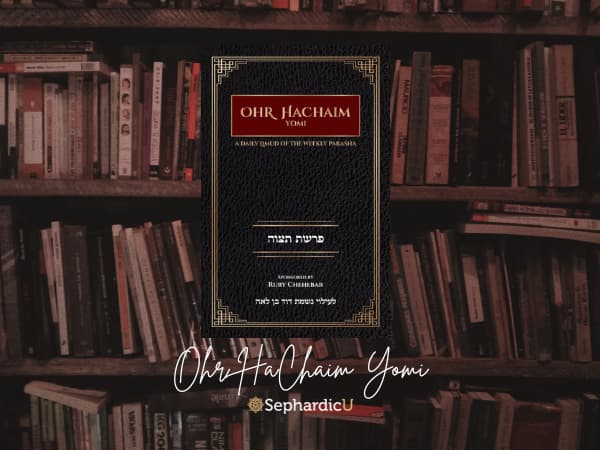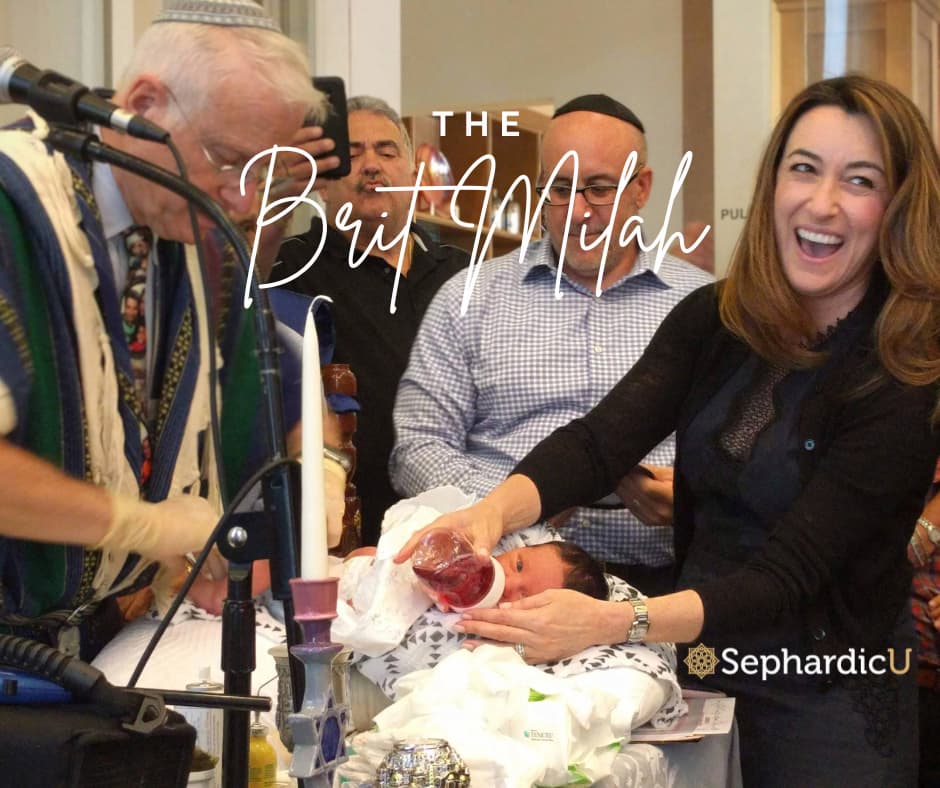Jump to Recipe
Print Recipe
As I reflect on my upbringing and the diverse influences that have shaped my culinary journey, one revelation stands out: my newfound connection to Italian heritage. Born in Morocco and raised in a multicultural environment, my childhood was a whirlwind of flavors and traditions from around the world. Despite being surrounded by the rich tapestry of Moroccan cuisine, the revelation of my Italian ancestry added a new layer of complexity to my culinary identity.
Unearthing Ancient Origins
Recently, as I delved deeper into my family history, I stumbled upon the fascinating origins of Classic Almond Biscotti. With roots dating back to ancient Rome, these beloved Italian delicacies were initially baked twice to achieve a durable texture, serving as a staple nourishment for Roman soldiers during their extensive campaigns and conquests. The term “biscotti” itself finds its roots in the Latin words “bis,” meaning “twice,” and “coctum,” signifying “baked.”
Medieval Delights and Renaissance Resurgence
In the picturesque Tuscan town of Prato during the 14th century, a delightful variation of biscotti, known as cantuccini, emerged. Abundant with almonds, this iteration of Classic Almond Biscotti became a cherished accompaniment to vin santo, a luscious dessert wine enjoyed throughout Italy. While interest in biscotti waned after the fall of the Roman Empire, it experienced a remarkable revival during the Renaissance era, particularly within the esteemed Medici court. This period saw the refinement and elevation of Classic Almond Biscotti, setting the stage for its enduring popularity.
A Modern-Day Renaissance
Fast forward to the 19th century, when esteemed scholar Amado Baldanzi claimed to have unearthed the original Roman biscotti recipe. Baker Antonio Mattei subsequently refined this discovery into a sensation, cementing Classic Almond Biscotti’s place in culinary history. In the 1990s, these delectable treats underwent a renaissance of their own, captivating the palates of Americans and earning a cherished place in global cuisine. Today, Classic Almond Biscotti can be found adorning the shelves of Italian eateries, quaint cafes, and bustling coffee carts worldwide.
A Journey of Culinary Discovery
As I stand in my kitchen today, surrounded by the comforting aromas of freshly baked biscotti, I can’t help but marvel at the journey that has brought me here. With each bite of Classic Almond Biscotti, I honor not only my Moroccan heritage but also the newfound connection to my Italian roots. It’s a celebration of diversity, of the myriad influences that have shaped my culinary identity, and a reminder that food has the power to unite us across cultures and continents.
Join me on this journey of culinary discovery as we celebrate the rich heritage and irresistible flavors of Classic Almond Biscotti, a testament to Italy’s culinary legacy and enduring appeal.
Classic Almond Biscotti Recipe
#wprm-recipe-user-rating-0 .wprm-rating-star.wprm-rating-star-full svg * { fill: #ffce44; }#wprm-recipe-user-rating-0 .wprm-rating-star.wprm-rating-star-33 svg * { fill: url(#wprm-recipe-user-rating-0-33); }#wprm-recipe-user-rating-0 .wprm-rating-star.wprm-rating-star-50 svg * { fill: url(#wprm-recipe-user-rating-0-50); }#wprm-recipe-user-rating-0 .wprm-rating-star.wprm-rating-star-66 svg * { fill: url(#wprm-recipe-user-rating-0-66); }linearGradient#wprm-recipe-user-rating-0-33 stop { stop-color: #ffce44; }linearGradient#wprm-recipe-user-rating-0-50 stop { stop-color: #ffce44; }linearGradient#wprm-recipe-user-rating-0-66 stop { stop-color: #ffce44; }No ratings yet
Prep time: 20 minutes minutes Cook time: 25 minutes minutes Total time: 1 hour hour 20 minutes minutes Servings: 24 biscottis
#wprm-toggle-switch-479007008 input:checked + .wprm-toggle-switch-slider { background-color: #417505 !important; }Cook ModePrevent your screen from going dark
PRINT RECIPE
PIN RECIPE
DESCRIPTION
Channeling my Italian DNA, I invite you to savor the flavors of Italy with my Classic Almond Biscotti recipe. This crunchy delight combines the rich essence of almonds with the aromatic touch of vanilla and almond extract. Perfect for dipping into my favorite hot beverage or enjoying as a standalone treat, these biscotti capture the essence of Italian tradition. Join me in the kitchen and let’s bring a taste of Italy to our homes, Kosher Cowboy style!
INGREDIENTS 1x2x3x▢ Ingredients:▢ 2 cups all-purpose flour▢ 1 cup granulated sugar▢ 1 teaspoon baking powder▢ ½ teaspoon salt▢ 3 large eggs▢ 1 teaspoon vanilla extract▢ 1 teaspoon almond extract▢ 1 cup whole almonds (toasted and coarsely chopped)
ul.wprm-advanced-list-6784 li:before {background-color: #687796;color: #ffffff;width: 18px;height: 18px;font-size: 14px;line-height: 14px;}INSTRUCTIONS Instructions:Preheat the Oven:Preheat your oven to 350°F (175°C). Line a baking sheet with parchment paper.Mix Dry Ingredients:In a medium bowl, whisk together the flour, baking powder, and salt.Prepare Wet Ingredients:In a large bowl, beat the eggs and sugar together until thick and pale, about 3-4 minutes.Add the vanilla extract and almond extract to the egg mixture and beat until combined.Combine Ingredients:Gradually add the flour mixture to the wet ingredients, mixing until a dough forms.Fold in the chopped almonds.Shape the Dough:Transfer the dough to the prepared baking sheet. Shape it into a log about 12 inches long and 3 inches wide.First Bake:Bake for 25-30 minutes, or until the log is golden brown and firm to the touch. Remove from the oven and let cool on the baking sheet for about 10 minutes.Slice the Biscotti:Reduce the oven temperature to 325°F (165°C).Transfer the log to a cutting board. Using a serrated knife, slice the log diagonally into ½-inch thick slices.Second Bake:Place the slices cut side down back on the baking sheet. Bake for an additional 10-12 minutes, then flip the slices over and bake for another 10-12 minutes, or until the biscotti are dry and golden.Cool and Serve:Allow the biscotti to cool completely on a wire rack. Store in an airtight container.
NotesTips:
Toasting Almonds: Toast the almonds in a dry skillet over medium heat, stirring frequently, until fragrant and lightly browned. Let cool before chopping.
Optional Add-ins: You can add ½ cup of dried cranberries, chocolate chips, or other nuts for variation.
Dipping: Once cooled, you can dip one end of the biscotti in melted chocolate for a delicious twist.
Enjoy your homemade almond biscotti with a cup of coffee or tea!
NUTRITIONServing: 1gCalories: 113kcalCarbohydrates: 18gProtein: 3gFat: 4gSaturated Fat: 0.4gPolyunsaturated Fat: 1gMonounsaturated Fat: 2gTrans Fat: 0.003gCholesterol: 20mgSodium: 74mgPotassium: 63mgFiber: 1gSugar: 9gVitamin A: 30IUCalcium: 31mgIron: 1mg
DID YOU MAKE THIS RECIPE?Tag me @gokoshercowboy and hashtag it #gokoshercowboy
0Share this:Click to print (Opens in new window)Click to share on Pinterest (Opens in new window)Click to share on Facebook (Opens in new window)Click to share on Twitter (Opens in new window)Click to share on WhatsApp (Opens in new window)MoreClick to share on Telegram (Opens in new window)Click to share on Tumblr (Opens in new window)Click to share on Pocket (Opens in new window)Click to share on Reddit (Opens in new window)Click to share on LinkedIn (Opens in new window)Like this:Like Loading…
Related








Ohr HaChaim Yomi – Emor